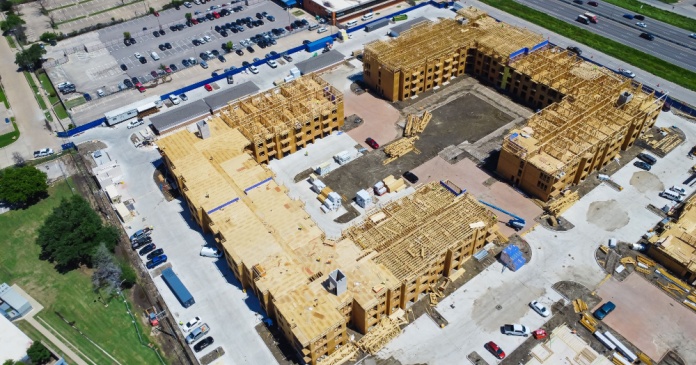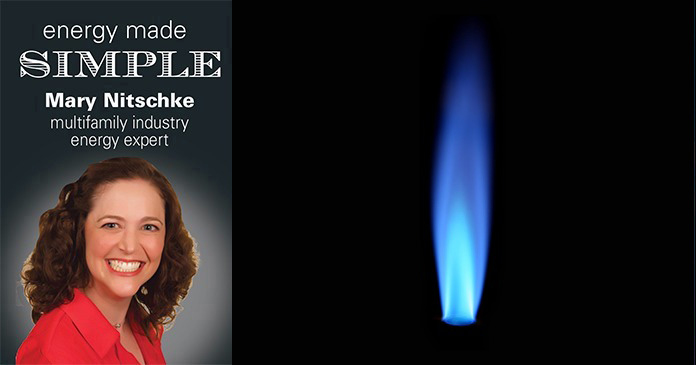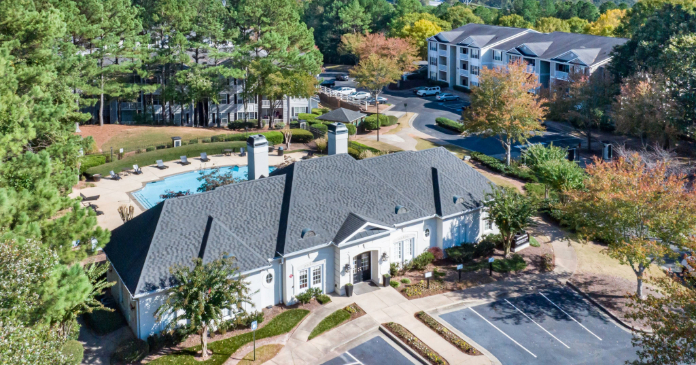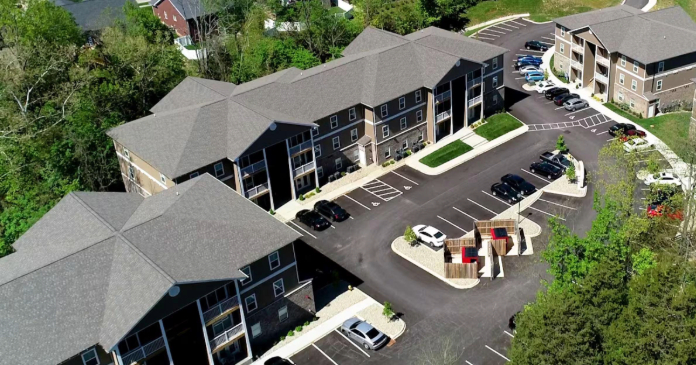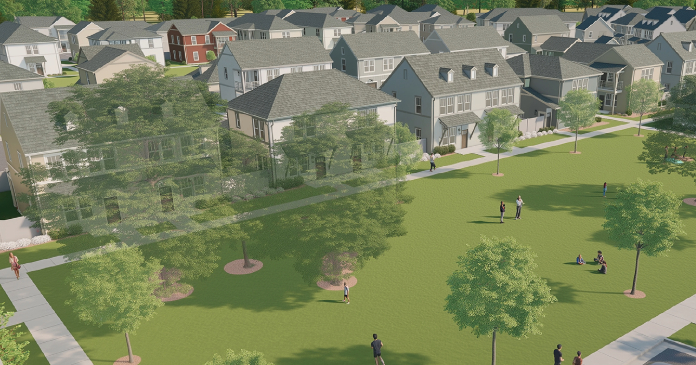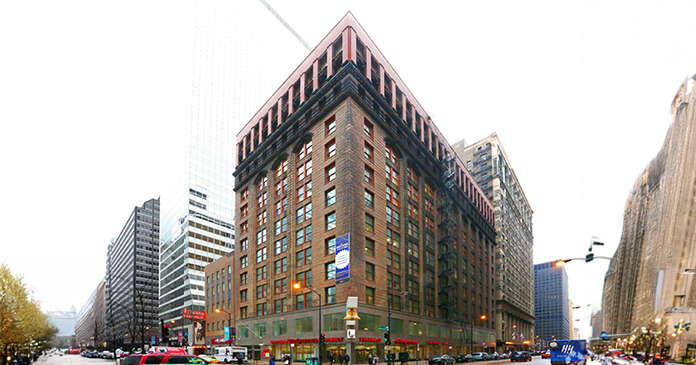Ongoing supply constraints in America’s housing market continued to drive demand for single-family rental homes in the third quarter of 2020. Fueled by growing numbers of individuals and families transitioning away from urban residential locations, the single-family rental home market delivered a second consecutive quarter of outperformance, as reflected in a near record high of the Single-Family Rental Market Index (SFRMI) for the third quarter of 2020.
“Produced quarterly in partnership between the National Rental Home Council (NRHC) and John Burns Real Estate Consulting (JBREC), the SFRMI measures the relative health of the single-family rental home market by evaluating key performance metrics including leasing activity, household occupancy, and anticipated demand. The reading for 3Q 2020 was 74.4, the second highest level on record after the 2Q 2020 reading of 76.3.
“In the third quarter, the single-family rental home market continued to see robust demand from new residents adjusting to the realities of working and schooling from home. For many Americans, a home is no longer simply a place to live. A home has become both a place of business and a place of learning. Single-family rental homes often provide an affordable and flexible option to meet the needs of families and individuals in search of quality housing,” said David Howard, executive director of NRHC.
“According to the third quarter survey, 59 percent of new single-family rental home residents relocated from urban residential environments, a likely source of the ongoing demand for single-family rentals which tend to be located in more suburban and suburban-like geographies. Even with elevated levels of demand however, the average rental rate for single-family rental homes remains below the average monthly mortgage cost for owner-occupied single-family entry-level homes.
“Single-family rental home owners reported in the survey that 25 percent of resident move-outs were a result of a home purchase, consistent with historical trends for departing residents. Additionally, 53 percent of owners reported homes leasing more quickly than one year ago, with overall market occupancy reaching 97 percent.”




